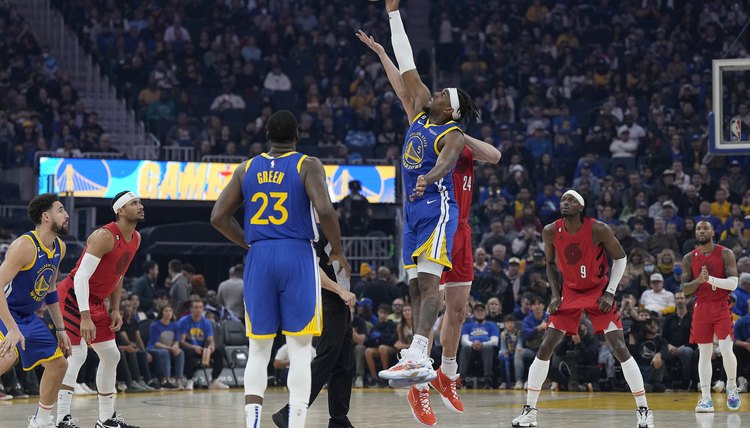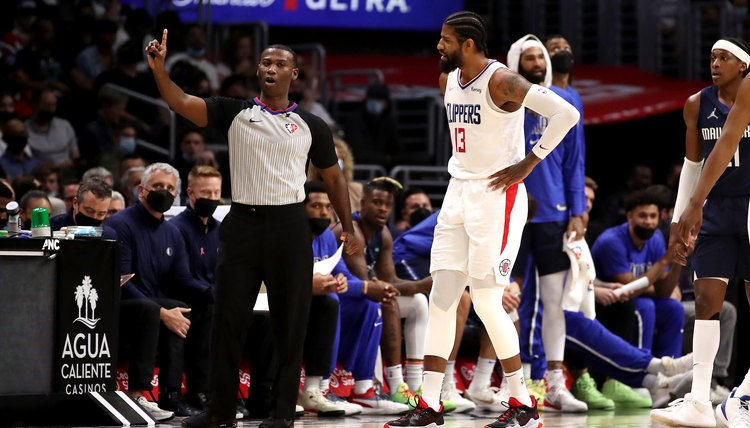Basketball Rules on Changing the Possession Arrow

High school and NCAA basketball rules call for the use of a possession arrow to determine which team receives possession of the ball most commonly as a result of a tie-up between a player from each the offensive and defensive teams, but also for these scenarios:
- A free throw violation or technical foul when no team is in control
- A live ball becomes wedged between the backboard and the rim
- A double foul in which neither team earns possession
- When two opponents commit simultaneous goaltending or basket interference violations
- If two players simultaneously hit the ball out of bounds
- If the officials cannot determine which team last touched the ball before it went out of bounds
Initial Setting of the Arrow
Before the start of the game, the possession arrow is turned off. Once the ball is tipped, the arrow points toward the team that loses the opening tip. We’ll call them Team A, and the tip-off winning team Team B.
The very first time any of the above situations occur in the first half, say a tie-up between two players, possession of the ball is given to Team A.
Because the rulebook deems the arrow as an alternating possession rule, once Team A is awarded possession of the ball, the arrow flips toward Team B, and it will continue to alternate each time the possession arrow comes into play.
In some jump ball situations, two opposing players gain control of the ball at the same time before the arrow can be set to one team. In this situation, the referee blows his whistle and those two players meet at half court to redo the jump ball.
If Team A commits a violation during the jump ball, such as hitting the ball out of bounds or committing a foul, Team B is awarded the ball and Team A receives the possession arrow.

Between Quarters and at Halftime
A high school basketball game is four eight-minute quarters and the possession arrow is used to determine who receives the ball at the start of each quarter after the first one.
In college basketball, the game is two 20-minute halves and the possession arrow determines which team receives the ball at the start of the second half.
The arrow is switched after the ball is in-bounded in all of these situations. In both college and high school, another jump ball starts the overtime period.
When It's Not Switched
If the opposing team commits a foul or violation during a team's alternating possession throw-in, the arrow is not switched after the ball is in-bounded.
For example, if Team A receives the ball for an alternating possession throw-in due to a tie-up and Team B commits a foul before the ball is in-bounded, Team A would receive the ball out of bounds again for a throw-in, but the arrow would not be switched once the ball is in-bounded because the throw-in is now a result of a violation.

Alternating Possession Procedure
The alternating possession procedure establishes a fair way to determine which team gets the ball in unusual situations when both or neither team has possession of the ball. The tie-up, also known as a held ball, is a frequent example of when the alternating possession arrow determines which team gets the ball.
The possession arrow is handled by those sitting at the official scorer’s table, who also handle things like the clock, scoreboard and substitutions.
Writer Bio
James Patterson specializes in health and wellness topics, having written and produced material for the National Institutes of Health, the President's Cancer Panel and an Inc. 500 Hall of Fame company. He is also a former sportswriter with writing experience in basketball, baseball, softball, golf and other popular sports.
